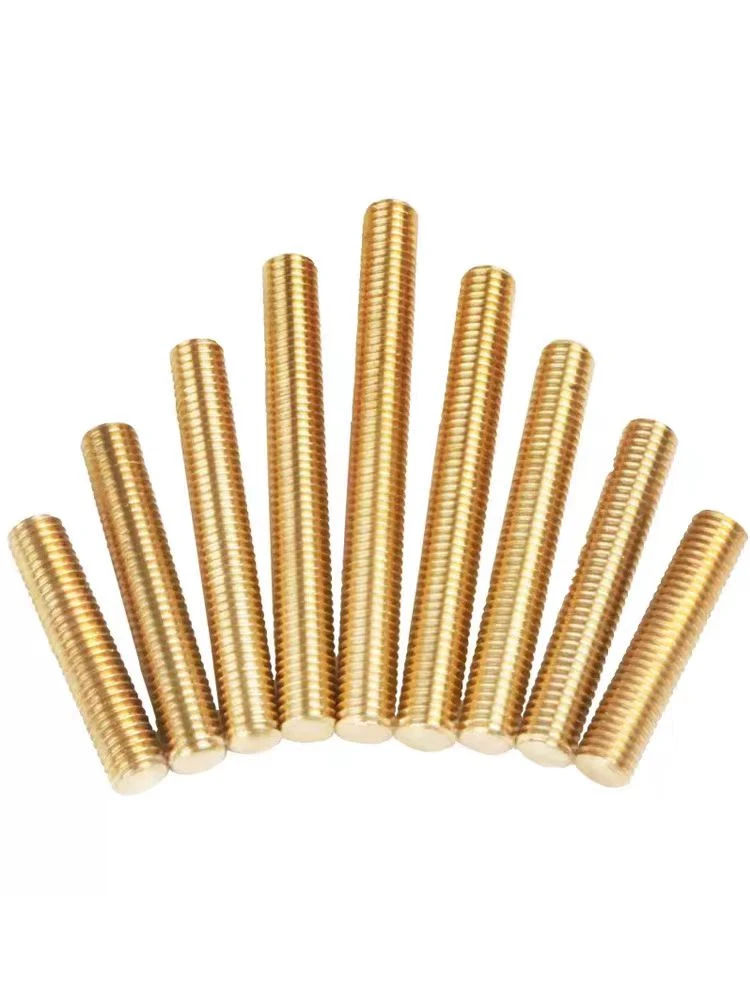

Hexagonal Bolt and Nut Assembly for Automotive Applications and Industrial Use
Nov . 16, 2024 05:55 Back to list
Hexagonal Bolt and Nut Assembly for Automotive Applications and Industrial Use
Hex bolts and nuts are integral components in various mechanical and construction applications, serving a critical role in fasteners that connect different parts securely. These components, characterized by their hexagonal head and matching hexagonal nut, are designed for robustness and stability, making them suitable for diverse settings, from household projects to industrial machinery.
.
Hex nuts, which accompany hex bolts, serve as a counter piece to create a secure connection. Made from materials such as steel, stainless steel, or even plastic, these nuts are designed with internal threading that matches the bolt’s external threading. This compatibility ensures that when a hex bolt is threaded into a hex nut, the two components work harmoniously to create a tight bond that resists loosening over time.
hex bolt and nut

One of the significant advantages of hex bolts and nuts is their versatility. They come in various sizes, lengths, and material grades, accommodating a broad range of applications. For example, in construction, they are employed to secure structural elements like beams and columns. In machinery, they hold together moving parts that face high levels of stress. Additionally, they are used in automotive applications to assemble engine components and chassis.
The strength of hex bolts and nuts can be further enhanced through different surface treatments and finishes. Zinc plating, for instance, provides a protective layer against corrosion, making these fasteners ideal for outdoor and marine environments. Moreover, high-strength variants made from alloy steel are available for applications that require additional durability.
In conclusion, hex bolts and nuts are essential fasteners that play a vital role in ensuring the stable and secure assembly of various structures and machinery. Their design, compatibility, and strength make them preferred choices for both professionals and DIY enthusiasts alike. Understanding their applications and features is key to selecting the right components for any project, ensuring safety and integrity in construction and engineering efforts.
Latest news
-
Hot Dip Galvanized Bolts-Hebei Longze Metal Products|Corrosion Resistance&High Strength
NewsJul.31,2025
-
Hot Dip Galvanized Bolts-About LongZe|High Strength, Corrosion Resistance
NewsJul.30,2025
-
High-Strength Hot Dip Galvanized Bolts - Hebei Longze | Corrosion Resistance, Customization
NewsJul.30,2025
-
Hot Dip Galvanized Bolts-Hebei Longze|Corrosion Resistance&High Strength
NewsJul.30,2025
-
High-Strength Hot-Dip Galvanized Bolts-Hebei Longze|Corrosion Resistance&High Strength
NewsJul.30,2025
-
Hot Dip Galvanized Bolts-Hebei Longze|Corrosion Resistance&High Strength
NewsJul.30,2025

